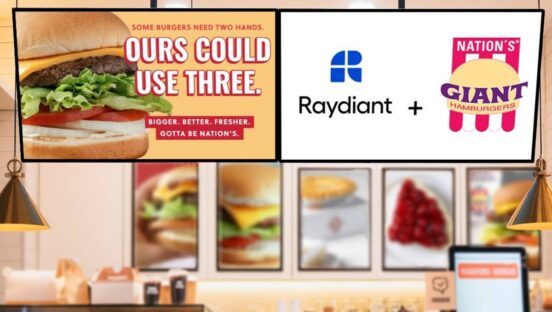Foodborne illnesses challenged fast-food restaurants in 2018, just ask McDonald’s and Chipotle, as well as growers, suppliers, and distributors nationwide.
Let’s discuss lettuce. While a smallish player on the menu board compared to chicken, burgers or pizza, leafy greens are making waves—in a queasy, not-so-great way.
In April 2018, an E. coli outbreak linked to romaine lettuce killed five and sickened 210 people in 36 states, according to the CDC. In October, the CDC warned Americans not to consume romaine, and, the next month, the FDA recalled red and green leaf lettuce. Not long after, however, another outbreak occurred between November and January, causing 91 cases of foodborne illness and 35 hospitalizations, according to the CDC.
Scary numbers in both frequency and duration. Figuring out the initial source of the outbreak can be time-consuming and tedious; prevention and early detection is key.
Although the FDA was able to identify the growers in both cases, an issue for operators to consider is how to get a better handle on tracking their own produce to identify a potential food safety issue as soon as possible.
Radio Frequency Identification (RFID) is fast gaining traction in this arena, proving to be far superior to bar codes.
RFID assigns a digital identity—a smart label—to an item and uses wireless technology to provide quick and accurate inventory visibility and traceability through scanning. As the supply chain becomes more complex, RFID labels bring faster traceability, improving food safety and reducing food waste.
Smart labels maintain their integrity throughout the supply journey—from source, processor, and distributor to kitchen and retailer. RFID enables restaurant operators to know the journey of a batch of romaine and utilize that information quickly and easily as the digital data encoded in RIFD tags may be stored on the Cloud.
Additionally, smart label data can be read outside the “line-of-sight” of scanners and can also be scanned in batches instead of item by item, saving time during receiving so the temperature of perishable items don’t fall into windows warranting food safety concerns. Other benefits include drive-throughs consumed by delivery trucks are freed and staff can process inventory faster and shift service back to the customer.
Smart labels disclose where an item came from, when it shipped, where it “stopped,” and possibly transformed along the way, and also the product’s “use-by” dates.
That’s the kind of information that enables operators to know—and act—sooner if a food safety issue is a probability. That’s information worth knowing.











